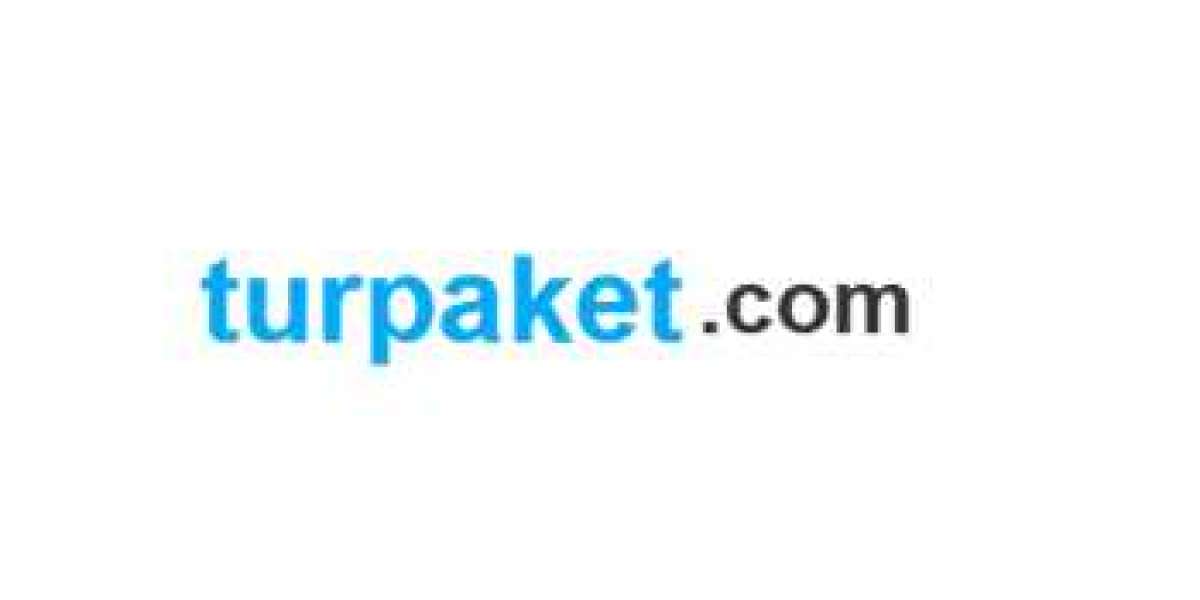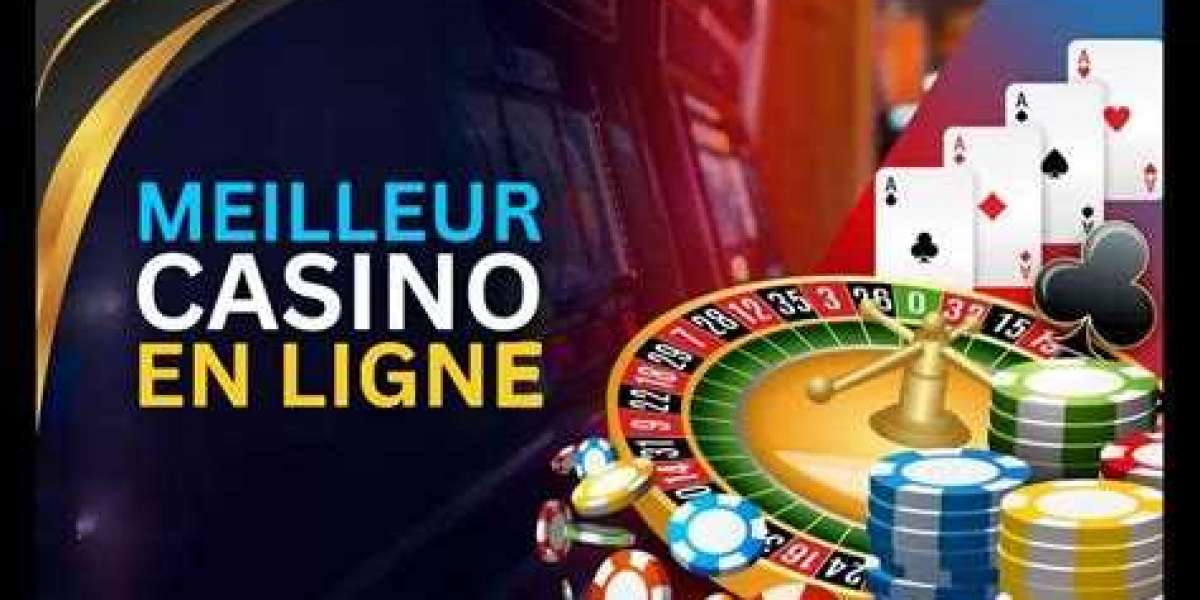The balance sheet is not a matter for specialists. Everyone is able to read and understand this accounting document. Most of the time, a few clear and simple explanations are sufficient, supported by a reasonable dose of "common sense".
What is the balance sheet?
It is a summary document that, at a given date, presents a photograph of what owns and what owes a company (or an association, or even a person). Items translate into financial values. To be clear, reading a balance sheet can tell you that a company has a vehicle purchased for 30,000 euros. It won't tell you that this vehicle is a yellow van.
At first glance, indeed, nothing very clear. However, it suffices to identify the two distinct parts of the component to have a start of understanding.
Visit also: Accounting outsourcing for Chartered Accountants in Canada
The two parts of the balance sheet: assets and liabilities
Balance sheet, assets, liabilities: what does this mean? The balance sheet is divided into 2 distinct parts: assets (what the company owns) and liabilities (what the company owes).
What do N and N-1 mean in a balance sheet?
In accounting, it is customary for the period studied, also called the accounting year, to be called N. The previous period will be called N-1. The periods generally correspond to a duration of 12 months.
The accounting documents therefore generally present the figures for the two most recent financial years. This makes it possible to compare changes over time.
Why in the balance sheet are assets always equal to liabilities?
Indeed, the assets and liabilities of the balance sheet must always be equal. They say that the balance sheet must be balanced.
If what the company owes always equals what it owns, does it never make a profit?
A company can of course make profits, it is even recommended if it wants to develop, invest, or even simply survive future hazards.
On the balance sheet, this profit causes an increase in the company's assets. For example, she will have more money in her bank account or she will use this profit to buy a new machine or additional stock.
However, at the same time, when it makes a profit, the profit is owned by the partners who own the capital of the company. The profit is then a debt of the company towards the partners. In addition, profit also increases the liability of the balance sheet in the form of additional debt to partners.
The partners will be able to be paid all or part of this debt by deciding on a profit distribution (which will cause at the time of the distribution - often the following year - a decrease in the company's bank account, and therefore in its assets), or leave these profits available to finance the development or future investments of the company in a current account, which is neither more nor less than a debt of the company to its partners.
Balance sheet assets = what the company owns
On the assets side of the balance sheet, therefore, appears all that the company has at the date of the balance sheet. Be careful, this is a photograph at a "T" moment, it can vary overnight.
These different elements are classified in ascending order of liquidity. The liquidity of an item is the time it takes to turn it into cash.
Investments are considered to be the least liquid items and cash, "cash", is the most liquid item. Indeed, if the company, at a given moment, has an urgent need for cash, it will go faster to get it from its bank account at an ATM than by putting a building up for sale.
Why are balance sheet assets presented in three columns?
Items entered in the balance sheet are recorded at their “historical” value, i.e. the value at which the company acquired them. These “historical” values appear in the first column.
Thus, a machine acquired 10,000 euros in 2002 will still appear for this value of 10,000 euros in the 2013 balance sheet.
However, assets can lose value over time. Machine ages and wears out, a claim may be contested or never settled. This is why, depending on the contingencies weighing on a particular element of the asset that calls its historical value into question, an impairment will be recorded.
This depreciation appears in the second column of the asset:
- it is called depreciation in the case of the normal aging of an investment,
- it is called a provision when it notes a threat to the value of an asset. (for example, the dispute of a customer on the amount of his debt, or a claim which damages part of a stock, etc.)
As for the third column of the assets, it is the result of the subtraction of the figures of the second column from those of the first and presents the “net” value of the various elements. Net worth is therefore the accounting estimate of what the business owns.
Balance sheet liabilities = what the company owes
In what order do debts appear?
All the debts of the company, therefore, appear on the liabilities side of the balance sheet. They are ranked in descending order of maturity. At the top, the less "urgent" debts such as those concerning the partners. At the bottom, those that are due within a relatively short period of time. These main concern invoices to be paid to suppliers, salaries to be paid to employees, or taxes.
Conclusion on this basic presentation of the balance sheet
As you can see, reading a document that looks as austere as a company's balance sheet turns out to be quite simple!
Obviously, this basis alone is not enough to make a final judgment. Neither on the real situation nor on the financial health of a company. However, you will be able to get a fairly accurate idea of its overall situation and its major balances.
For details, please visit: https://finexoutsourcing.com/







